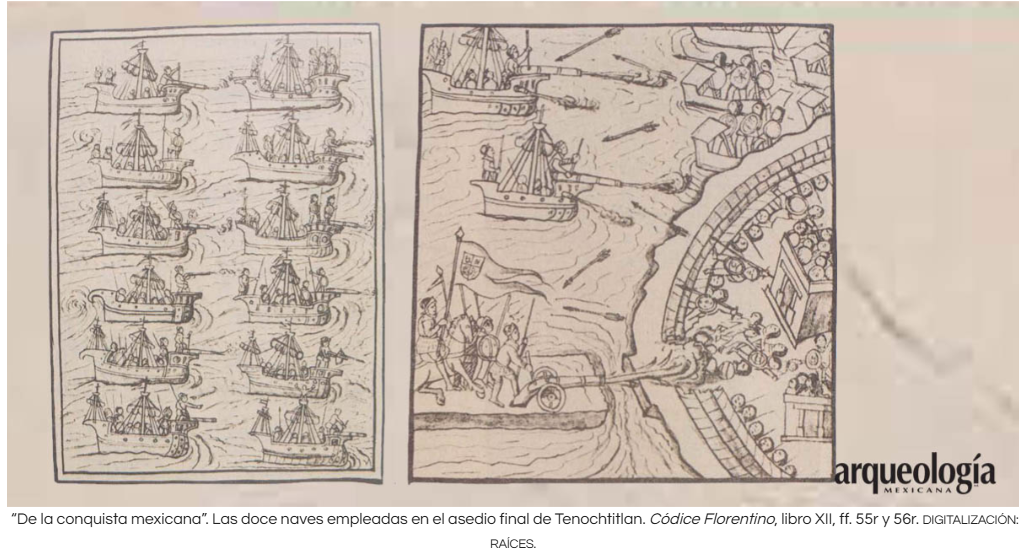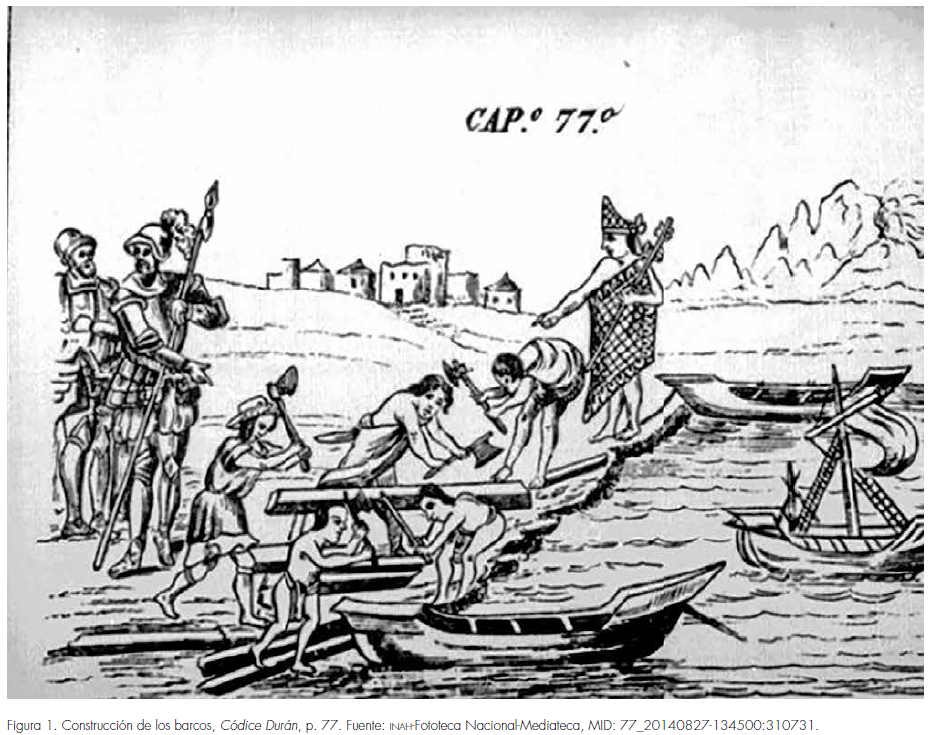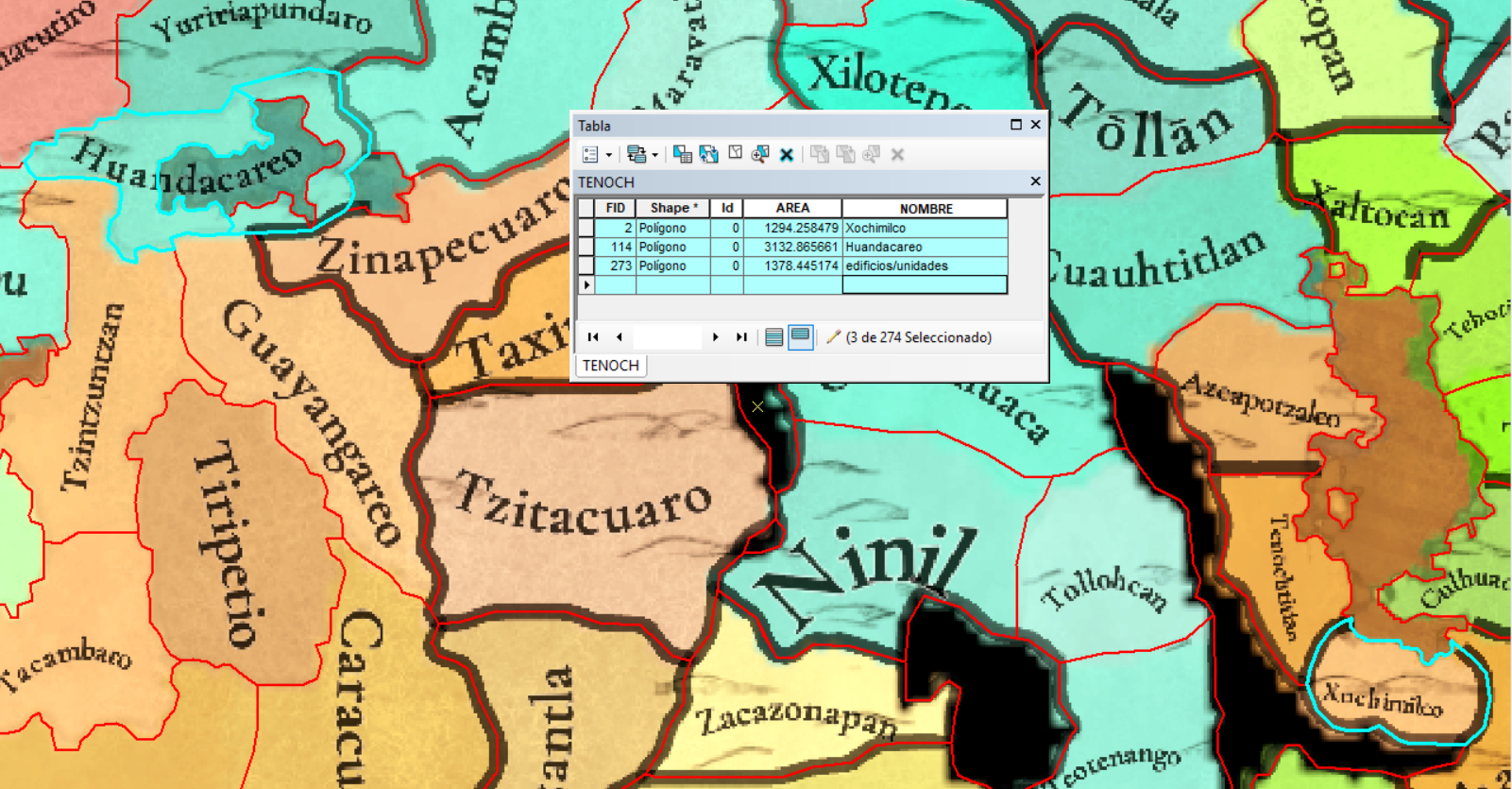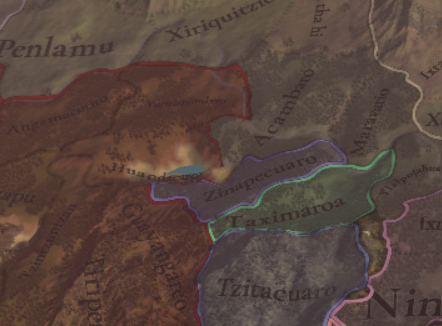Hello, and welcome one more Friday to Tinto Flavour, the happy days in which we take a look at the flavour content of Europa Universalis V!
Today, we will take a look at the flavour content for the Aztecs! Let’s start without further ado:
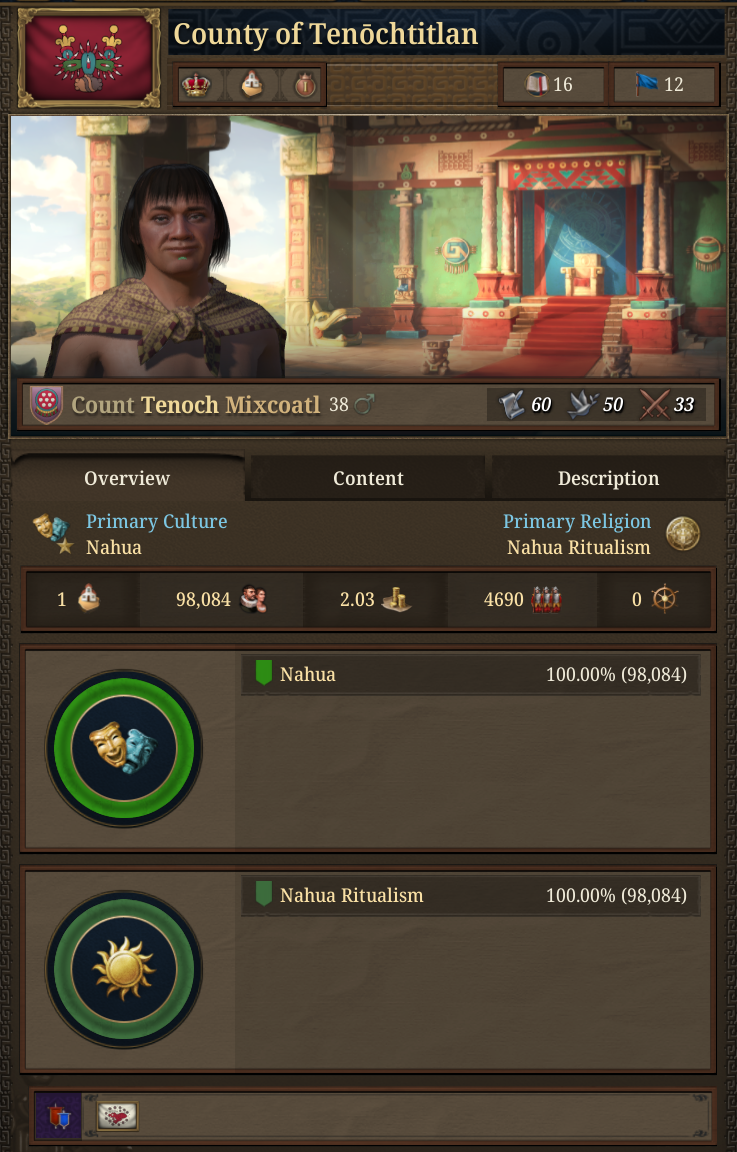
As usual, please consider all UI, 2D and 3D Art as WIP.
Before we start, you may notice that we have reconfigured the Country Selection Panel a bit, and that we now have a new tab called ‘Content’, where we’re grouping the unique features and content available to each country:


Please take into consideration that the first screenshot is the most zoomed-in map that we’ve ever shared with you, in a very difficult area from a geographical point of view. Therefore, please consider it as the usual WIP stuff, as it’s already on our radar to make some improvements here and there to make it look better.

Mexico may prove to be a very difficult area to expand in…
The Nahua countries start with a unique government reform, the Altepetl, that nudges towards expanding through subjects, and also slave-raiding (which is also linked to the Nahua Ritualism mechanic of sacrificing slaves, as we saw last Wednesday):

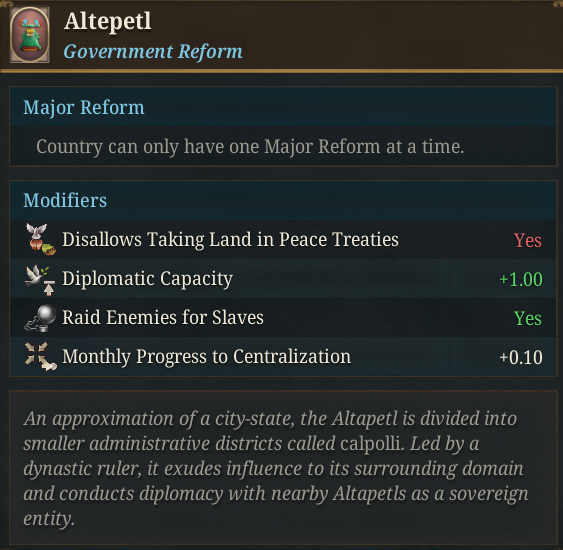
There are also a couple of Privileges available to countries that practice Nahua Ritualism:
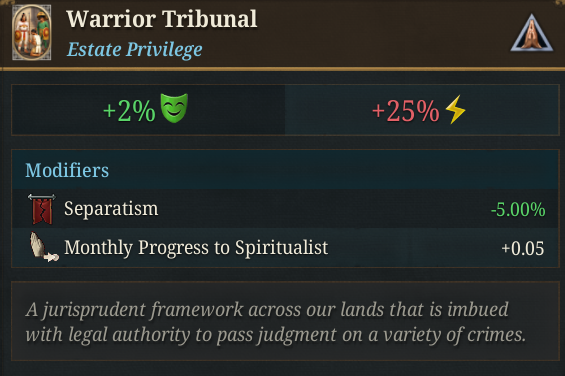
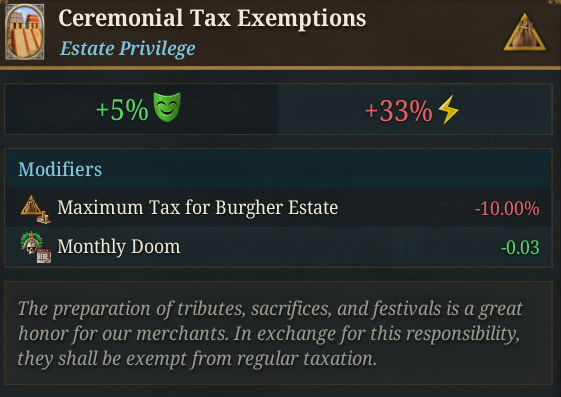
And also attached to Nahua Ritualism, a unique building that unlocks two unique units, the infamous Jaguar and Eagle Warriors:
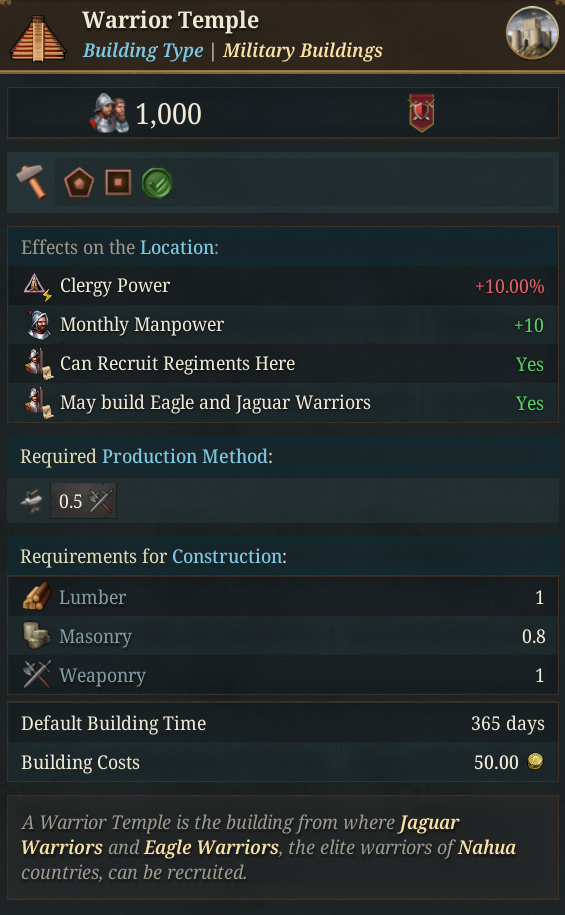
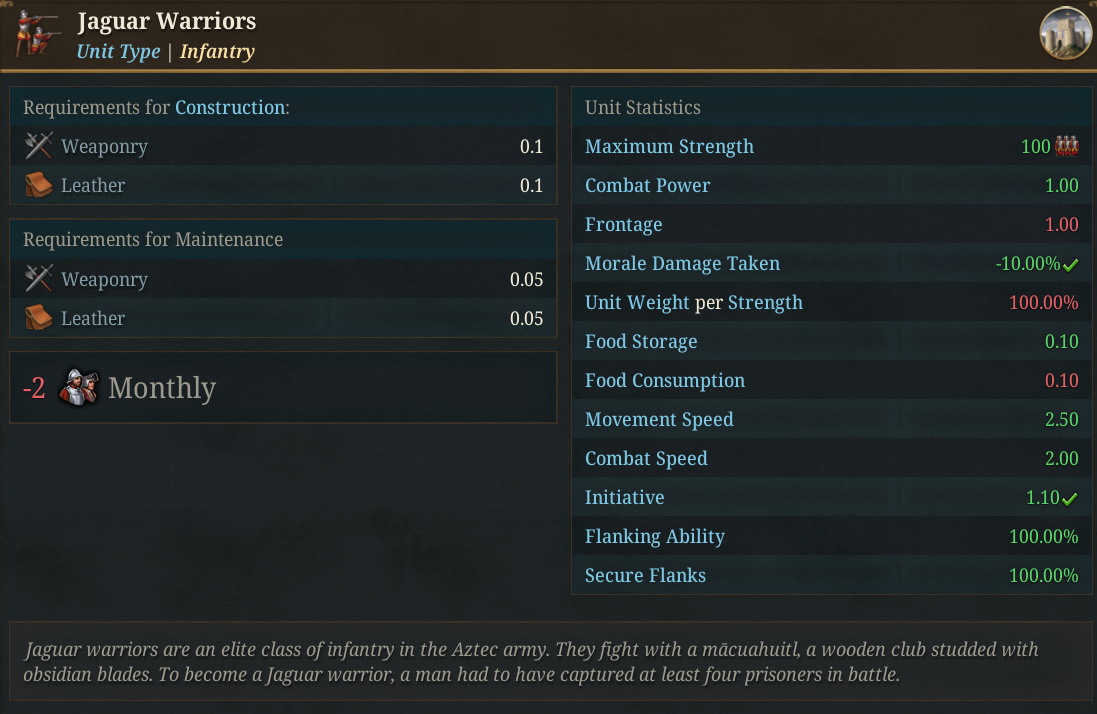
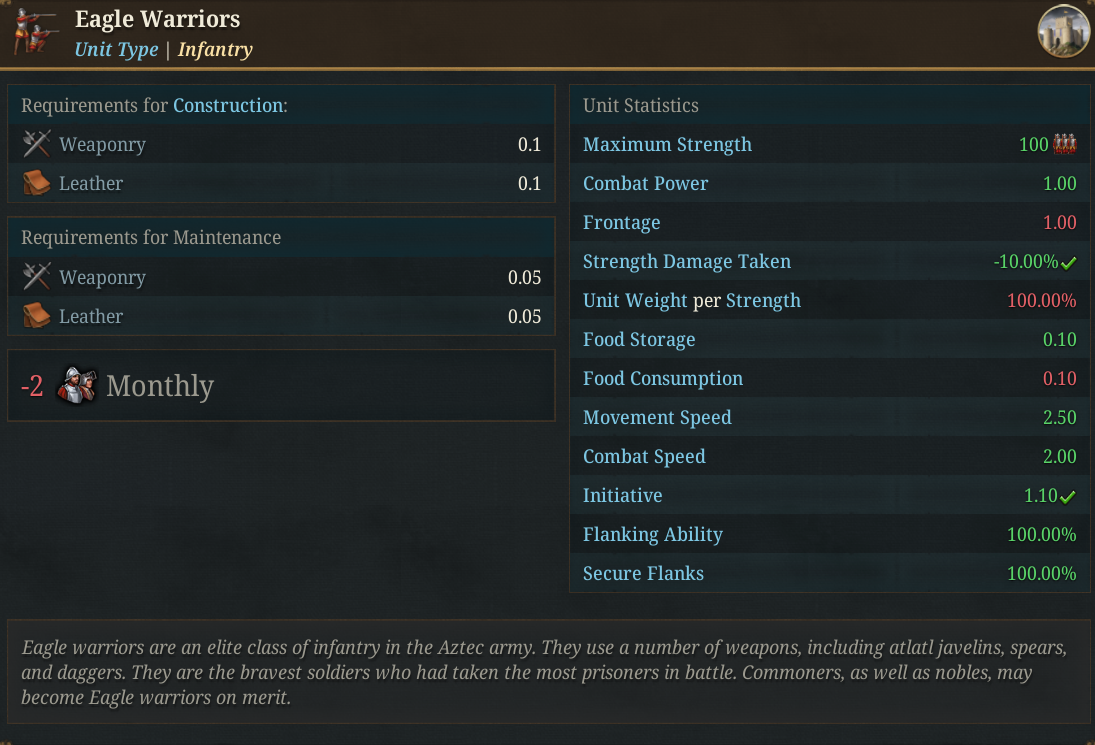
And a unique Sumptuary Law, with two available policies:
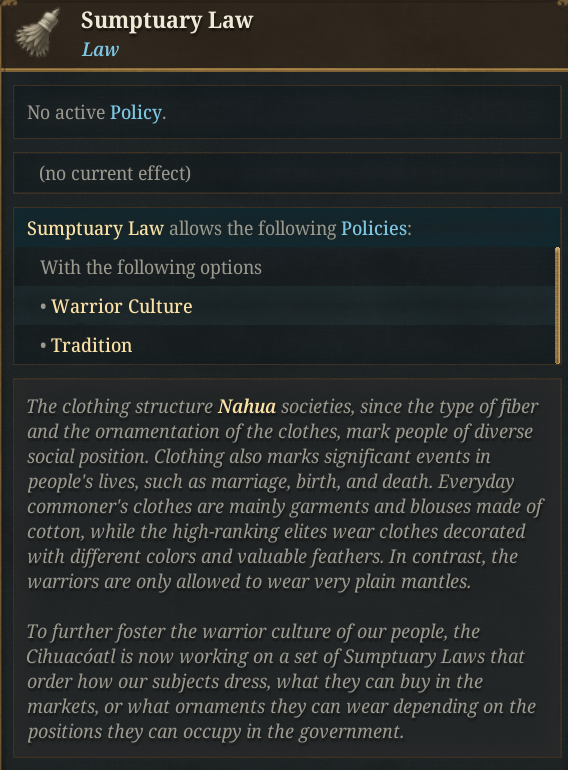
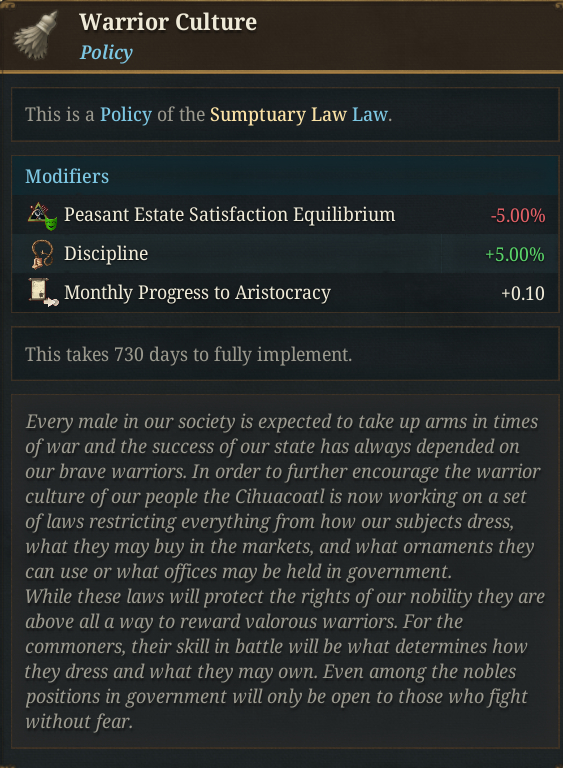
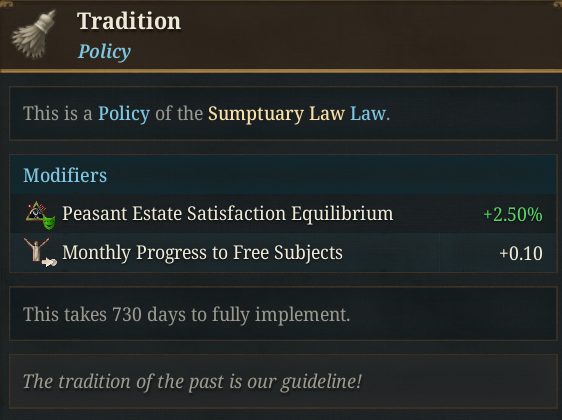
And a unique policy for the Administrative System:
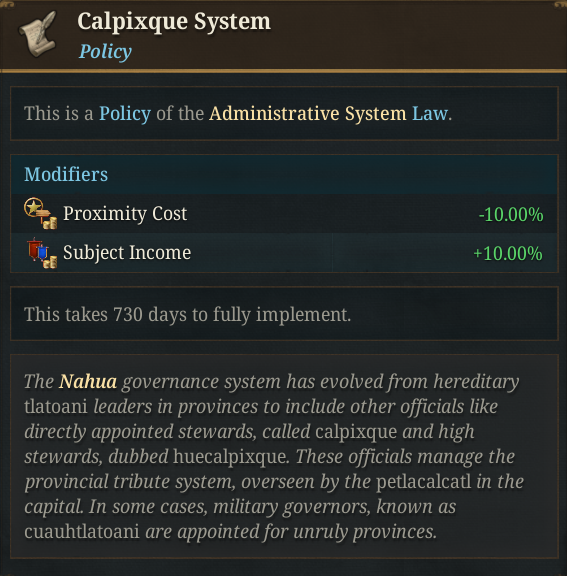
Here you have some of the unique Advances of the Aztecs:
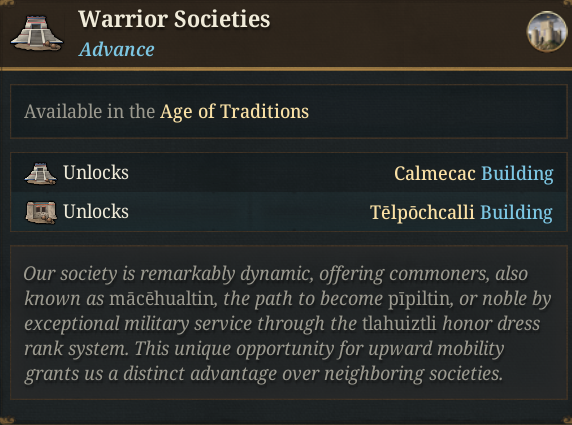
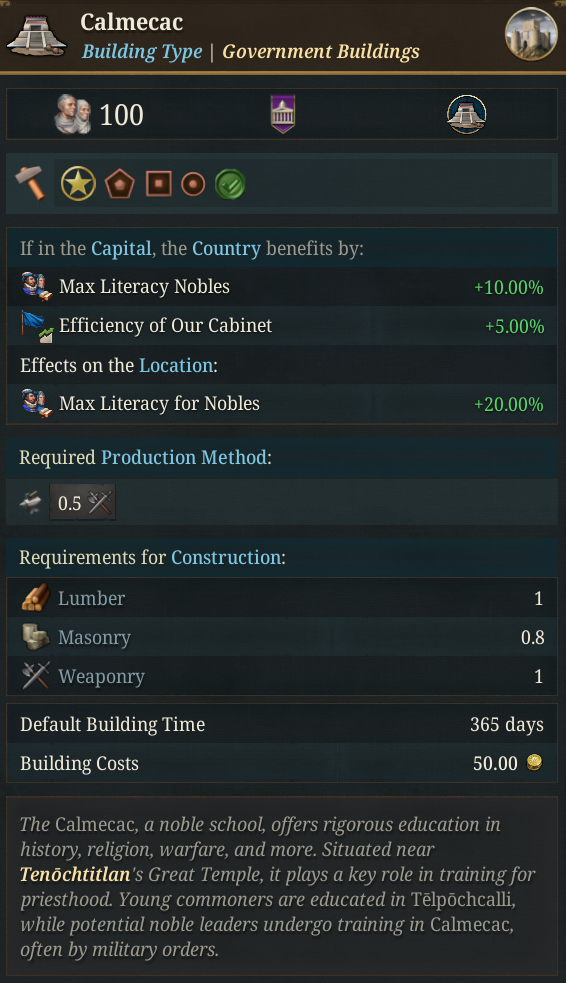
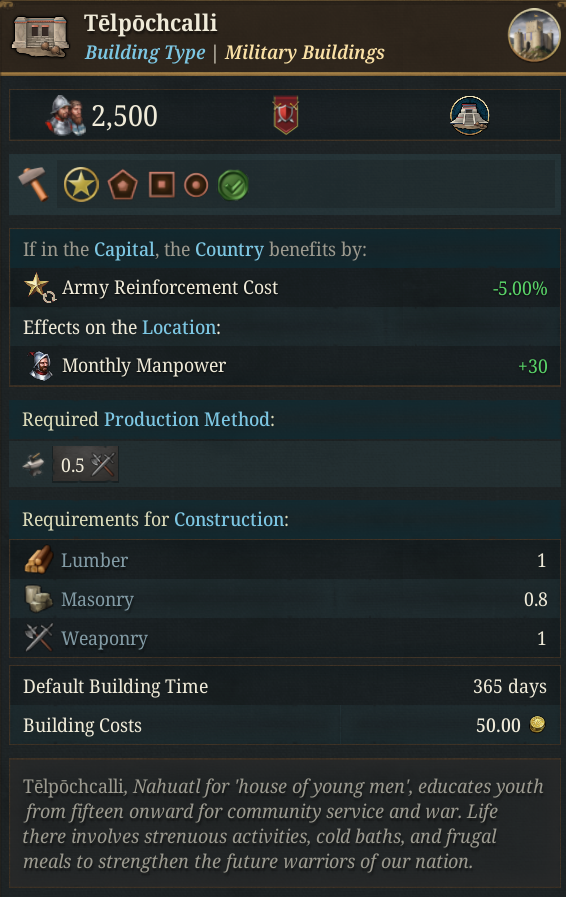
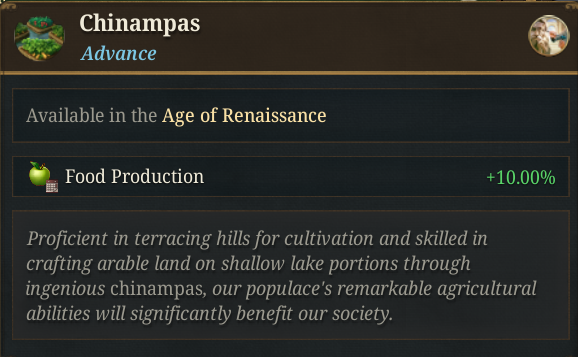

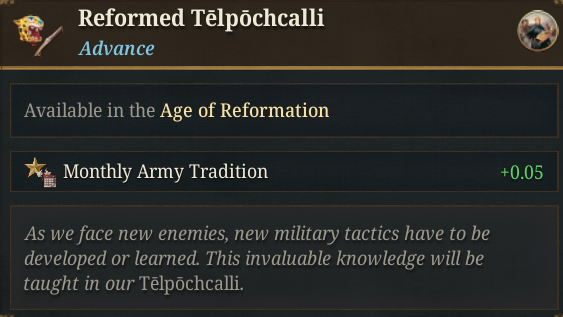
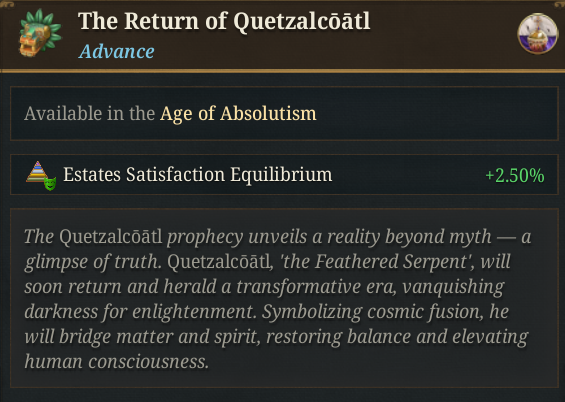
Although most of the content related to the Aztecs is very attached to the Nahua Ritualism features, and thus, is very mechanical, there are still some non-generic, non-religious related DHEs available for them:
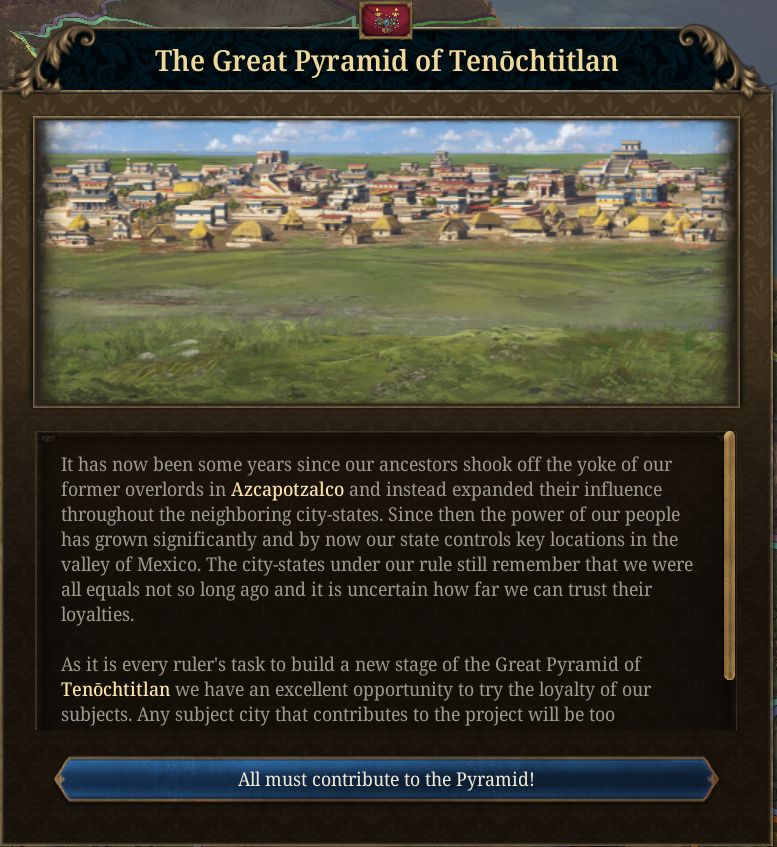
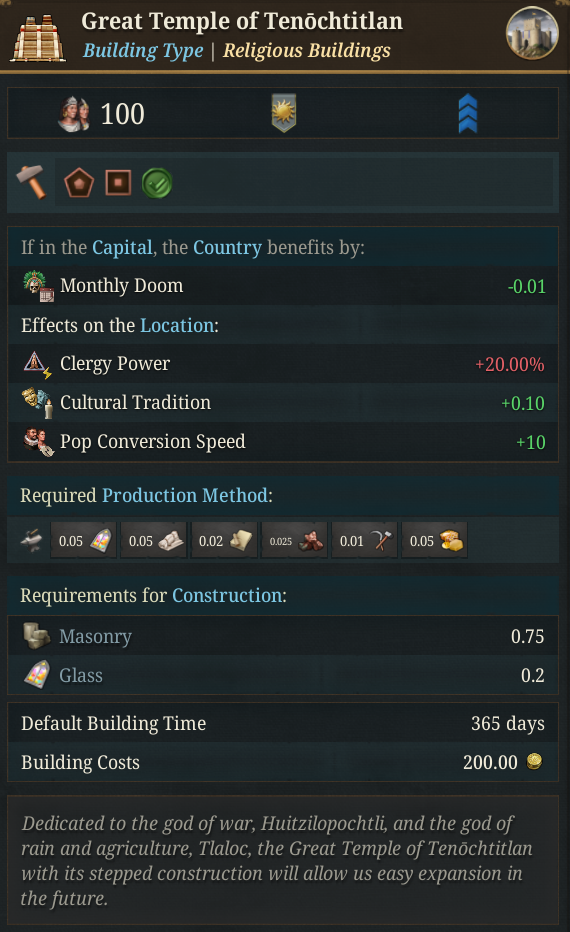
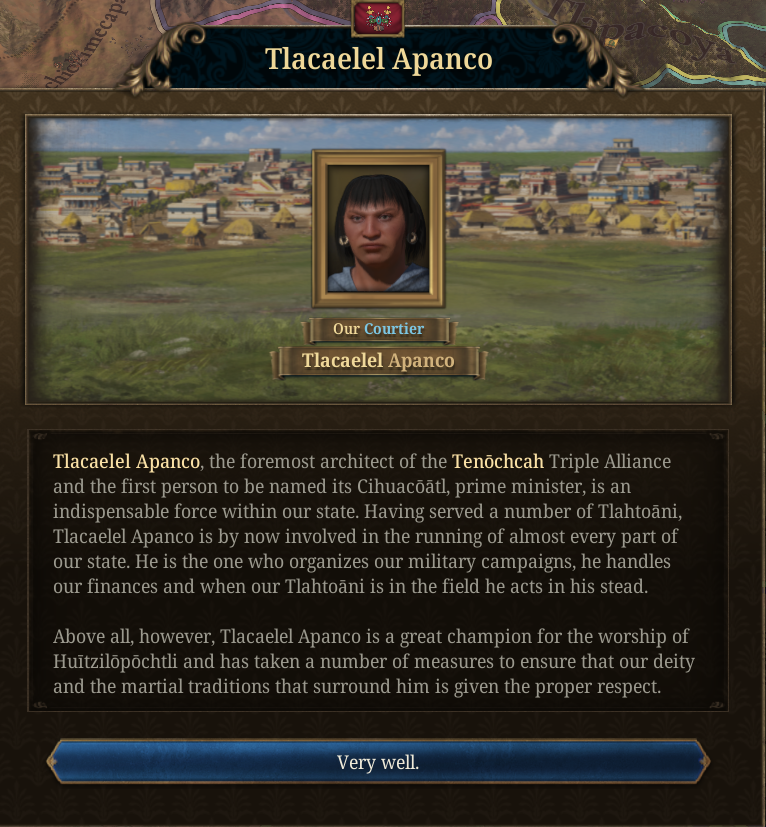
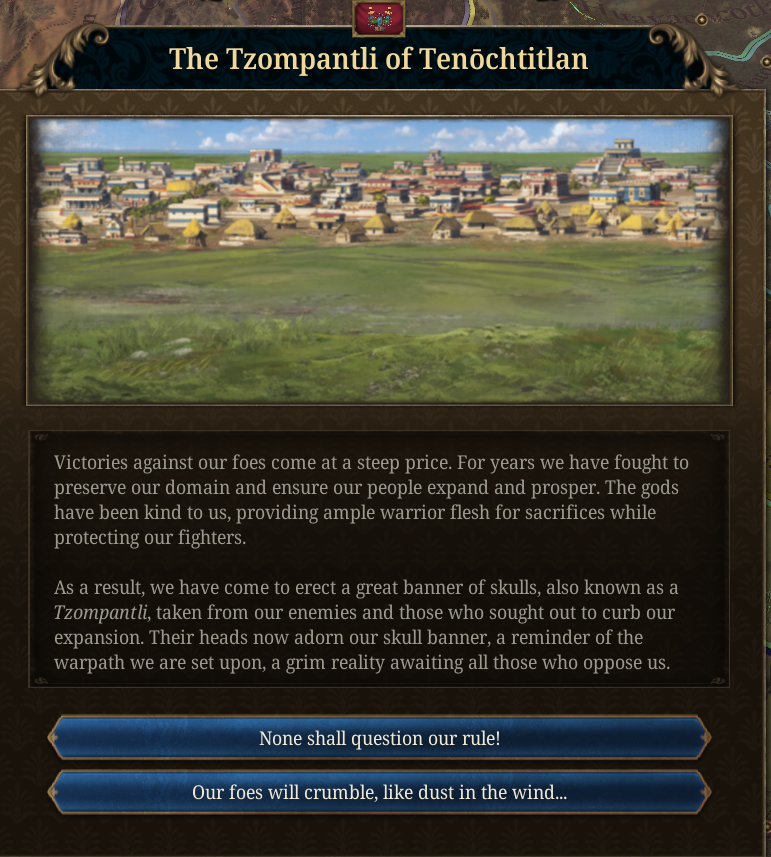
And well, a final boss to deal with:
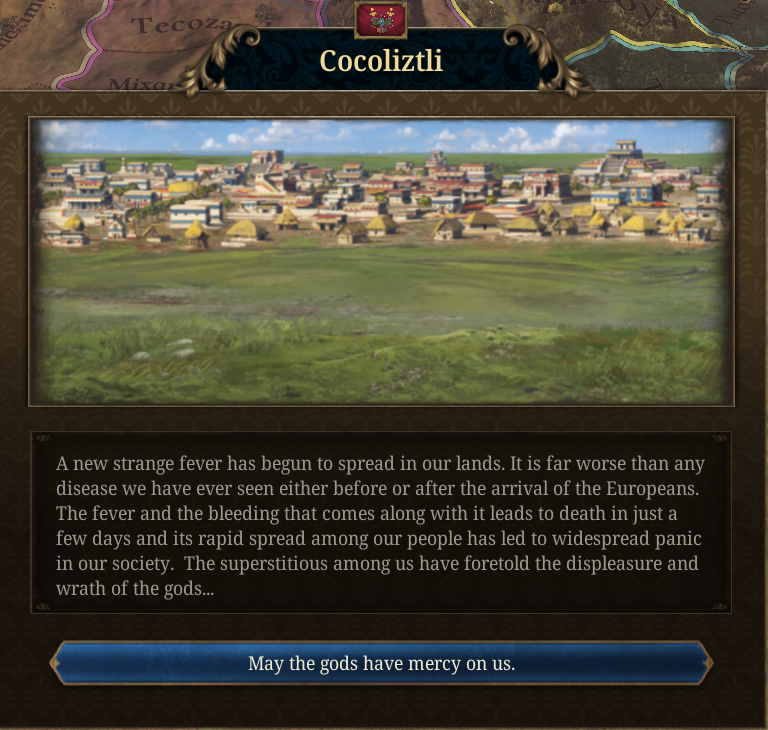
… And much more, but that’s all for today! Next week we’ll have a Tinto Maps Feedback on Monday, a Tinto Talks on Wednesday, and Tinto Flavour on Friday:
Today, we will take a look at the flavour content for the Aztecs! Let’s start without further ado:

As usual, please consider all UI, 2D and 3D Art as WIP.
Before we start, you may notice that we have reconfigured the Country Selection Panel a bit, and that we now have a new tab called ‘Content’, where we’re grouping the unique features and content available to each country:


Please take into consideration that the first screenshot is the most zoomed-in map that we’ve ever shared with you, in a very difficult area from a geographical point of view. Therefore, please consider it as the usual WIP stuff, as it’s already on our radar to make some improvements here and there to make it look better.

Mexico may prove to be a very difficult area to expand in…
The Nahua countries start with a unique government reform, the Altepetl, that nudges towards expanding through subjects, and also slave-raiding (which is also linked to the Nahua Ritualism mechanic of sacrificing slaves, as we saw last Wednesday):


There are also a couple of Privileges available to countries that practice Nahua Ritualism:


And also attached to Nahua Ritualism, a unique building that unlocks two unique units, the infamous Jaguar and Eagle Warriors:



And a unique Sumptuary Law, with two available policies:



And a unique policy for the Administrative System:

Here you have some of the unique Advances of the Aztecs:







Although most of the content related to the Aztecs is very attached to the Nahua Ritualism features, and thus, is very mechanical, there are still some non-generic, non-religious related DHEs available for them:




And well, a final boss to deal with:

… And much more, but that’s all for today! Next week we’ll have a Tinto Maps Feedback on Monday, a Tinto Talks on Wednesday, and Tinto Flavour on Friday:
- Tinto Maps Feedback for Indonesia
- Wednesday -> Tinto Talks about Inti & Folk Religions
- Friday -> Tinto Flavour about the Inca



